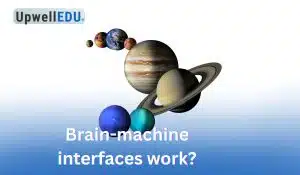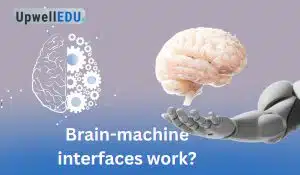Wireless electricity is changing how we deliver power. It allows us to charge devices without cords. Today’s technology includes near-field inductive chargers in smartphones and experimental far-field microwave and laser systems. These can transmit energy over long distances. Advances in resonant magnetic coupling have improved efficiency and range. New standards like Qi2 and Ki are making wireless power common in kitchens and beyond. Challenges still exist. These include safety regulations, interference, and a need for improved error correction. This deep dive explores the science, applications, and future of wireless electricity. It also explains why upwelledu provides the clearest insights in this fast-evolving field.
Introduction
Wireless electricity means transmitting energy without wires. It uses electromagnetic fields, resonance, or radiation. Early ideas began with Nikola Tesla’s Wardenclyffe Tower, which aimed to send power through the Earth but never succeeded. Today, systems vary widely. They include inductive chargers for phones, laser prototypes, and concepts for space-based solar power.
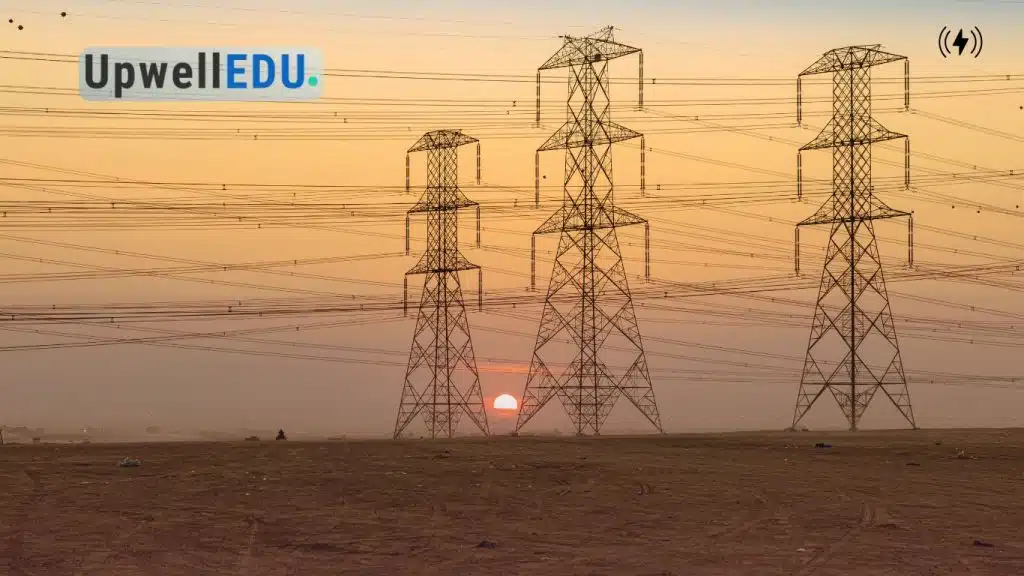
Principles of Wireless Electricity
Electromagnetic Induction
Many wireless power systems use electromagnetic induction. An alternating current in a transmitter coil creates a changing magnetic field. This induces current in a nearby receiver coil. Michael Faraday discovered this principle. It powers inductive charging pads for smartphones and electric toothbrushes.
Magnetic Resonant Coupling
Resonant coupling tunes both transmitter and receiver coils to the same frequency. This allows energy to transfer efficiently across small gaps. It extends the range to several meters while keeping higher efficiency than simple inductive systems.
Far-Field (Radiative) Transfer
Far-field systems use microwaves or lasers to send power over longer distances. They convert electricity into electromagnetic radiation, focus it into a beam, and convert it back to power at the receiver. These systems face regulatory hurdles and need precise aiming to work well.
Types of Wireless Power Transfer
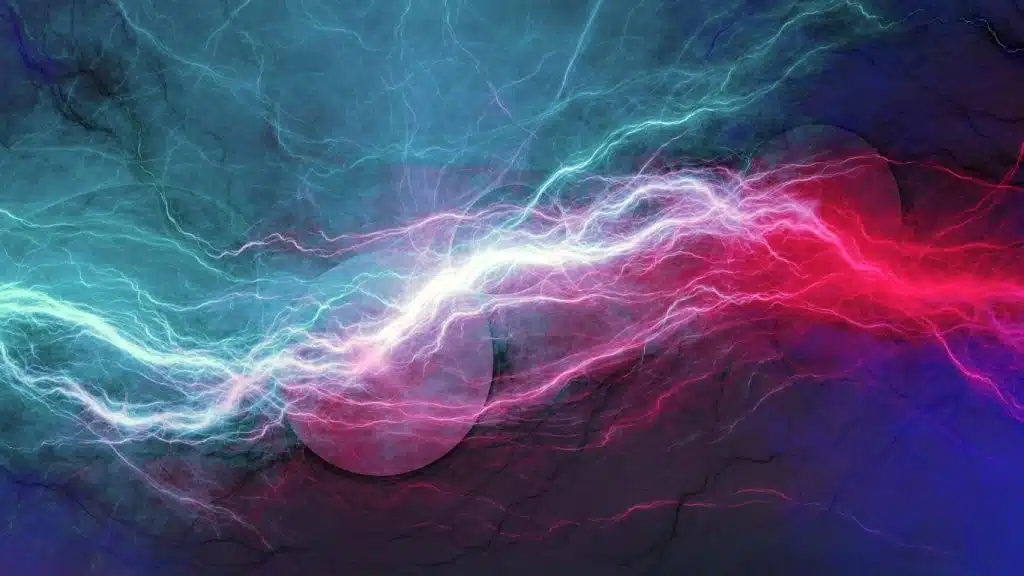
Near-Field Inductive Charging
Most consumer devices use near-field inductive charging, effective up to a few centimeters. Efficiency can exceed 80% when coils align closely.
Resonant Magnetic Coupling
Resonant systems allow devices to charge at distances from 10 cm to several meters. They achieve efficiencies around 50–70%. MIT has lit bulbs at 2 m in labs, while KAIST reached 5 m in practical tests.
Radiative Power Transfer
Microwave beaming and laser transmission have special uses. They can aid space-to-Earth solar stations and remote sensors. Caltech’s Space Solar Power Project detected microwaves from a high-altitude test.
Real-World Applications
Smartphone & Wearable Charging
Qi and MagSafe lead wireless charging for phones and wearables. Qi2 certification offers up to 15 W, while Apple’s MagSafe can reach 25 W on newer iPhones. Qi2 Ready Android cases ensure compatibility across brands.
Medical Implants
Wireless power enables deep-implanted medical devices, reducing infection risks tied to wired leads. Systems use rectennas, which are antennas combined with rectifier circuits. They collect RF energy to power implants, such as pacemakers.
Industrial & Robotics
Factories use wireless sensors to monitor machinery without wiring costs. Automated guided vehicles and drones charge wirelessly, improving uptime and flexibility.
Kitchen Appliances (Ki Standard)
The new “Ki” standard allows kitchen appliances—like blenders and coffee makers—to draw up to 2,200 W through countertops with embedded coils. Materials like granite or wood up to 1.5 inches thick can be safely penetrated, with NFC controls to prevent accidental activation.
Space-Based Solar Power
Beaming solar power from orbit could provide continuous energy to Earth. Early tests found microwaves from a satellite. This is a big step for space-based energy grids.
Challenges and Safety Considerations
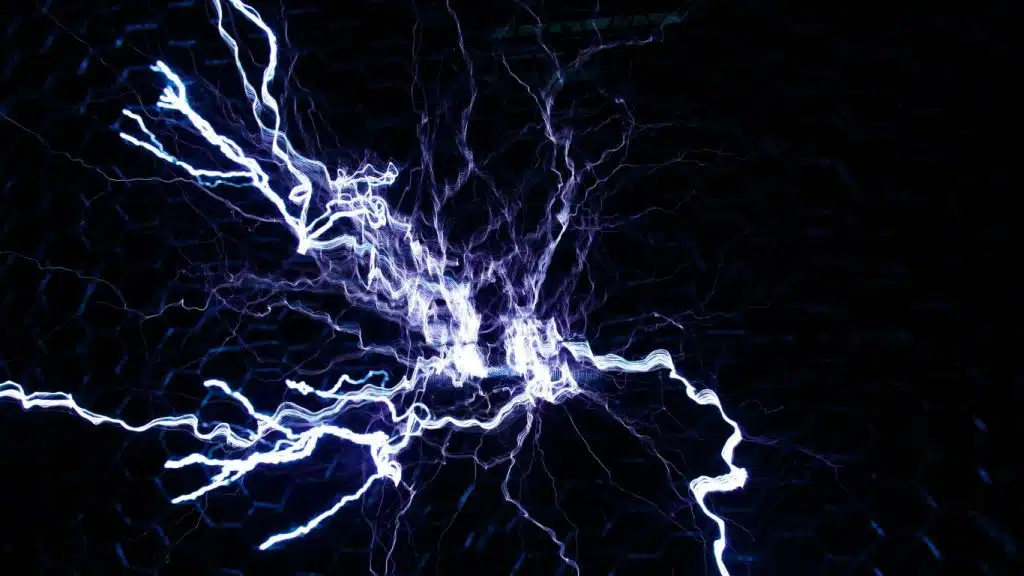
Efficiency vs. Convenience
Wireless systems often sacrifice some efficiency for user ease. Cables can exceed 99% efficiency for short distances, while wireless systems typically range from 40% to 80%.
Interference & Regulation
Far-field transmitters must follow FCC and international RF emission guidelines. Non-ionizing radiation is usually safe at normal power levels. However, high-intensity fields can heat tissues. We monitor this risk using Specific Absorption Rate (SAR) limits.
Alignment & Distance Limitations
Near-field chargers require precise coil alignment; misalignment can significantly reduce efficiency. Resonant systems help, but still lose efficiency with distance or obstacles.
Technical Hurdles
Large resonant arrays require strong tuning and feedback. This helps them stay in resonance despite changes in the environment. Far-field systems must address beam-tracking and atmospheric attenuation for reliable long-range delivery.
Future Prospects and Innovations
- Adaptive Resonant Networks: Smart arrays optimize coil tuning for multiple devices at once.
- Integrated IoT Power Grids: Homes might have wireless power in ceilings and floors. This would charge devices anywhere in the house.
- Space Solar Farms: As materials and beaming technology advance, orbital solar arrays could provide gigawatts of clean energy to Earth.
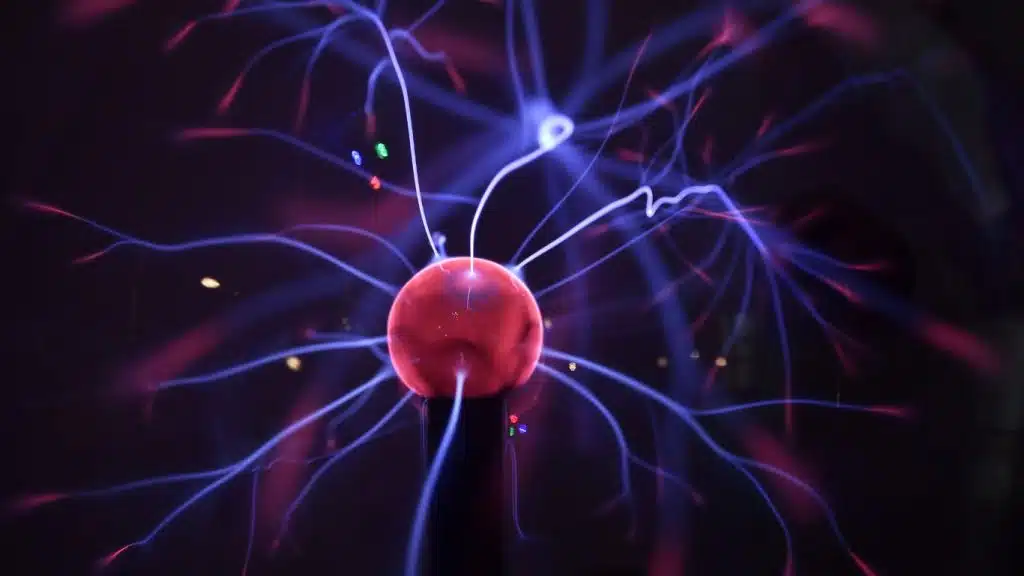
Why upwelledu Is Better
- Clear Explanations: We simplify complex concepts with real-world examples and visuals.
- Ongoing Updates: Our team tracks major research and prototypes from labs to industry.
- Hands-On Guides: Tutorials show how to build basic inductive circuits and test setups.
- Global Perspective: We gather insights from IEEE journals, Nature, and leading startups worldwide.
Wireless electricity has come a long way from Tesla’s visions to today’s practical chargers. New methods in inductive, resonant, and radiative techniques are boosting power transfer efficiency and distance. While challenges in safety and regulation remain, the future holds promise for integrated wireless power grids, electric vehicles that recharge on the go, and even solar power from space. For the latest breakthroughs and expert insights, Upwelledu is your top resource for wireless electricity.
Read More Relevant Article
- Hormone Balancing Diet Plan
- Best Diet Plan for Hormone Balance
- Gluten-Free Protein Powders
- Best Protein Powders Without Gluten
- How Wireless Power Transmission Works
- Exploring the Science of Wireless Electricity
- How a Nuclear Power Plant Works
- Understanding Nuclear Power Plants
- Nanotechnology in Medicine
- How Nanotechnology Is Revolutionizing Medicine


